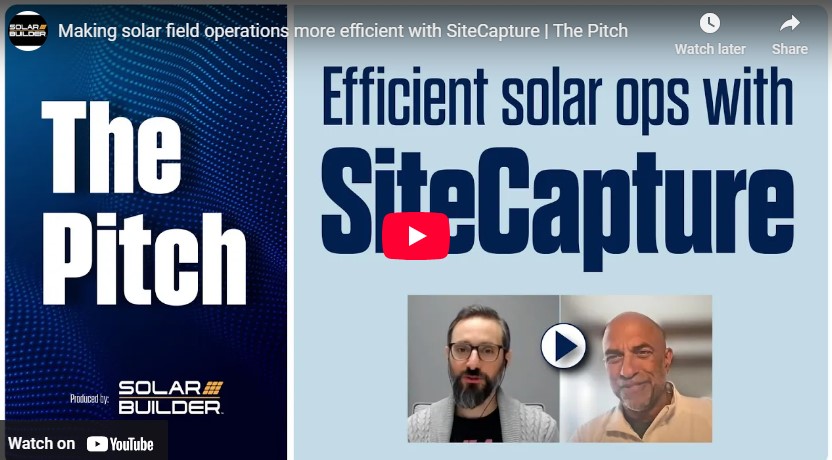Is UL 3741 an alternative to Module-Level Shutdown?

As debate continues regarding the unintended consequences of the Module Level Shutdown requirement in the National Electric Code (NEC, section 690.12), some experts consider UL 3741 as the solution to these problems. It’s time for a closer assessment.
The idea behind UL 3741 is to provide “a means of evaluation for photovoltaic (PV) hazard control components, equipment and systems that reduce shock hazards from energized PV system equipment and circuits in a PV array”, as the UL website describes it. “It is specifically intended to establish and expand requirements for the evaluation of a rapid-shutdown PV array that can keep firefighters out of hazardous current paths when responding to emergency situations in homes and buildings with PV systems.”
There are various factors that make UL 3741 similar to Module Level Shutdown. First, it does not resolve most of the underlying safety issues of today’s shutdown solutions, such as additional components, increased connection points, and interference with arc fault detection caused by electrical noise. UL 3741 still leads to additional devices and more connection points on the roof and leaves the impacts of these devices on arc fault detection up to engineering judgement of the testing lab. Second, the certification process for shutdown solutions and equipment is complicated and costly.
Real safety issues unresolved
The adoption of add-on devices for module level shutdown has led to a significant increase in risk points in solar systems: connection points. According to comprehensive studies on PV related fires in the advanced solar markets of Germany and the UK, DC connectors are a main cause for fires in a solar system. However, technologies to comply with module level shutdown increase the number of connection points by 2-3 times compared to a string inverter system the same size. This happens because a component must be added to every single PV module on the roof.
With UL 3741, there are ways to have fewer components than under UL 1741. While microinverters and DC optimizers are typically added to every module, under UL 3741 it is possible to use 2-to-1 and 4-to-1 DC optimizers and microinverters. Looking at today’s third party devices, it must be noted that these devices pass through voltage and current in the event of a failure or if the device shuts off. Thus, it would not be possible to reduce the component count significantly with UL 3741, as every other module would still need a device.
Costly certification processes
Beyond the unresolved safety concerns, the certification process is complicated and expensive. To get UL 3741 certification, it is required to get certified to the latest version of UL 1741 as well as functional safety aspects of the Photovoltaic Rapid Shutdown System (PVRSS) certification together with a third party shutdown device. While not required by the code, the market expects PVRSS certification for third-party solutions. Furthermore, with UL 3741 there is still no limitations on noise levels, which could cause interference with arc fault detection caused by PVRSE devices. Certification of PVRSS costs can go into the six figures each time a different combination of rapid shutdown transmitter (sometimes inbuilt into the string inverter) is paired with a different rapid shutdown receiver.
Another roadblock in the certification process is that UL 3741 does not present a real use case and is rather vague in its description. The certification process for a “safe array” involves many different parties (such as the standard PV module, the shutdown device, and the inverter), who usually do not have R&D collaboration or joint certification processes and supply chains. Even when listed, installers might run into trouble in sourcing the exact components of a “safe array” and will have to do Module Level Shutdown as it is done today to not risk inspection problems.
Summary: UL 3741 does not resolve most of the unintended consequences of the Module Level Shutdown requirement and does not address safety concerns surrounding today’s Module Level Shutdown solutions. A real solution must resolve these safety concerns and allow for open standards and free market competition.




Comments are closed here.